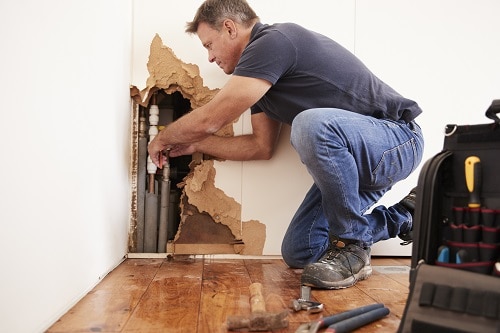Introduction
Your home is more than just a place where you live; it’s a sanctuary, an investment, and a source of comfort. To ensure that your haven remains safe and secure, it’s crucial to have reliable home insurance. One company that stands out in this regard is Sanford Insurance Center, located at 200 North Park Ave, Sanford, FL 32771. In this blog, we’ll explore the importance of home insurance and how Sanford Insurance Center can help you safeguard your most valuable asset. Sanford home insurance offers comprehensive coverage to protect your home and belongings, providing you with peace of mind and financial security.
The Importance of Home Insurance
Homeownership comes with its own set of responsibilities and potential risks. While we all hope for the best, it’s essential to be prepared for the unexpected. Home insurance serves as a financial safety net in case of disasters or unforeseen events. Here are some key reasons why having home insurance is vital:
- Protection Against Natural Disasters: Florida is no stranger to natural disasters like hurricanes, floods, and wildfires. Home insurance can provide coverage for damage caused by these events, helping you rebuild and recover.
- Liability Coverage: Accidents can happen on your property. Home insurance can protect you from liability claims if someone is injured while visiting your home.
- Theft and Vandalism: Home insurance can cover the loss of personal belongings due to theft or vandalism, providing peace of mind.
- Mortgage Requirement: Many mortgage lenders require homeowners to have insurance as a condition of the loan, ensuring that their investment is protected.
- Personal Property Coverage: Home insurance can also cover personal items such as furniture, electronics, and clothing, giving you financial support in case of theft or damage.
Sanford Insurance Center: Your Trusted Home Insurance Partner
Now that we understand the importance of home insurance, let’s take a closer look at Sanford Insurance Center and why it’s the right choice for homeowners in Sanford, Florida, and the surrounding areas.
- Local Expertise: Sanford Insurance Center is a local insurance agency, which means they have a deep understanding of the specific risks and challenges faced by homeowners in the area. They can tailor insurance policies to meet your unique needs.
- Personalized Service: When you choose Sanford Insurance Center, you’re not just another policy number. Their dedicated team of professionals takes the time to understand your individual requirements and offers personalized insurance solutions.
- Comprehensive Coverage Options: Sanford Insurance Center offers a wide range of home insurance coverage options, including protection against natural disasters, liability coverage, and coverage for personal belongings. They work with multiple insurance carriers to find the best policy for you.
- Competitive Rates: The team at Sanford Insurance Center is committed to providing cost-effective insurance solutions. They will help you find a policy that offers great coverage at a price that fits your budget.
- Responsive Claims Handling: In the unfortunate event of a claim, Sanford Insurance Center is known for its responsive and efficient claims handling process. They are there to support you every step of the way.
Conclusion
Your home is one of your most significant investments, and protecting it with the right insurance coverage is essential. Sanford Insurance Center, conveniently located at 200 North Park Ave, Sanford, FL 32771, is your trusted partner in safeguarding your home and peace of mind. With their local expertise, personalized service, and comprehensive coverage options, you can rest easy knowing that your home is in good hands.
Don’t wait until disaster strikes; contact Sanford Insurance Center today to discuss your home insurance needs and take the first step towards securing your home and your family’s future. Your sanctuary deserves the best protection, and Sanford Insurance Center is here to provide it.
















